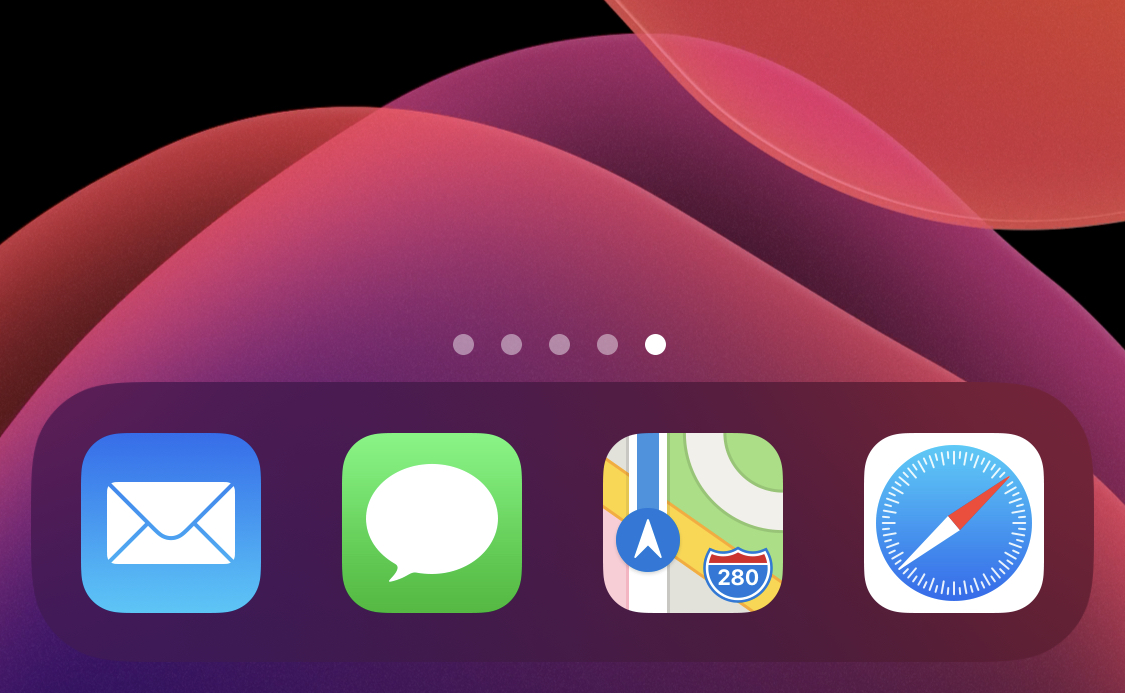The initial release windows of both iOS 12 and iOS 13 saw users complaining about a plethora of bugs both major and minor. Apple has plans to mitigate this problem when iOS 14 launches next year, according to sources who spoke with Bloomberg.
People familiar with the shift told the publication that a major factor contributing to iOS 13's rough launch window was the fact that many Apple developers were making daily or weekly commits of new changes at varying levels of readiness and quality, and features were enabled by default regardless of their readiness. This meant that test builds were often unusable for stretches of time due to one problematic feature or another, which limited the amount of time testers spent with the software.
Under the new methodology, new test builds of Apple's future operating systems will turn certain features deemed to be buggy or to cause usability issues off by default. Testers will be able to opt-in on a feature-by-feature basis in many cases, reducing the likelihood that they will be working with "unlivable" builds.
Bloomberg's sources provided some insight about how Apple assesses the reliability and state of its own software features, as well. From the report:
Apple measures and ranks the quality of its software using a scale of 1 to 100 that's based on what's known internally as a "white glove" test. Buggy releases might get a score in the low 60s whereas more stable software would be above 80. iOS 13 scored lower on that scale than the more polished iOS 12 that preceded it. Apple teams also assign green, yellow and red color codes to features to indicate their quality during development. A priority scale of 0 through 5, with 0 being a critical issue and 5 being minor, is used to determine the gravity of individual bugs.
The change in approach was directed by Craig Federighi, Apple's head of software engineering, and was announced during an internal meeting. And this would also apply to Apple's other operating systems such as macOS, watchOS, tvOS, and iPadOS.




 Loading comments...
Loading comments...
